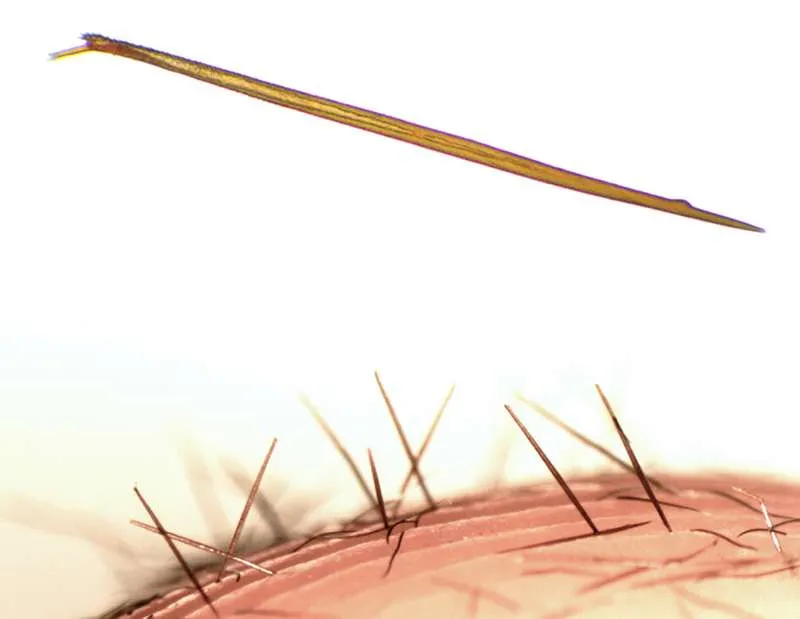The Dreaded Tarantula Bald Spot Hair Loss Overview
Observing a tarantula with a bald spot on its abdomen can be a concerning sight for any pet owner. This condition, often referred to as hair loss, is a common issue among these fascinating creatures. While it might seem alarming, understanding the causes behind this phenomenon is crucial for proper care and addressing potential health concerns. The hairs on a tarantula’s abdomen, known as urticating hairs, serve as a primary defense mechanism, but their loss can indicate underlying problems. This article delves into the top five causes of tarantula hair loss, providing insights into how to identify, treat, and prevent this issue, ensuring the well-being of your eight-legged friend.
Causes of Tarantula Hair Loss
Tarantula hair loss can stem from a variety of factors, each influencing the spider’s health and well-being. Identifying the root cause is essential for effective treatment. Several environmental, physiological, and behavioral aspects can contribute to this issue. The following are the most common reasons your tarantula might be experiencing hair loss, allowing you to make informed decisions to enhance their life.
Molting and Hair Loss

Molting is a natural process where tarantulas shed their exoskeleton to grow. During molting, the spider’s abdomen can appear bald, but this is typically a temporary condition. As the new exoskeleton forms, hairs will regrow. However, if hair loss occurs during other times, it could indicate something is wrong. Monitoring the molting cycles is vital to understand if the hair loss is a normal part of this process or a sign of a more significant problem. Proper humidity and environmental conditions play a role in facilitating healthy molts and preventing complications. Ensure the tarantula has a safe and stable environment, free from disturbances, during this delicate period.
Stress and Environmental Factors
Stress can significantly impact a tarantula’s health, leading to hair loss and other issues. Environmental factors, such as improper temperature or humidity, can cause stress. Tarantulas thrive in specific climate conditions. If the temperature is too low or the humidity is too high or low, it can affect the spider’s well-being. Providing a suitable enclosure, including appropriate substrate and hiding places, is crucial for minimizing stress. Avoid sudden loud noises or excessive handling, as these can also contribute to stress levels. Regularly monitor the enclosure conditions with a hygrometer and thermometer and make necessary adjustments to maintain an ideal environment, reducing the chances of stress-induced hair loss.
Mites and Parasites
Parasites, like mites, can cause significant hair loss and discomfort in tarantulas. These tiny pests feed on the spider’s hemolymph and skin, leading to irritation and bald spots. Identifying and treating a mite infestation promptly is critical to prevent further harm. Symptoms of mites can include visible tiny red or white dots on the spider or its enclosure, restlessness, and increased grooming behavior. If you suspect a mite infestation, quarantine the affected tarantula and consult with a veterinarian or experienced arachnid keeper for appropriate treatment options. Cleaning the enclosure thoroughly and replacing the substrate is also essential to eliminate the mites. Regular inspection of your tarantula is vital.
Poor Diet and Nutrition
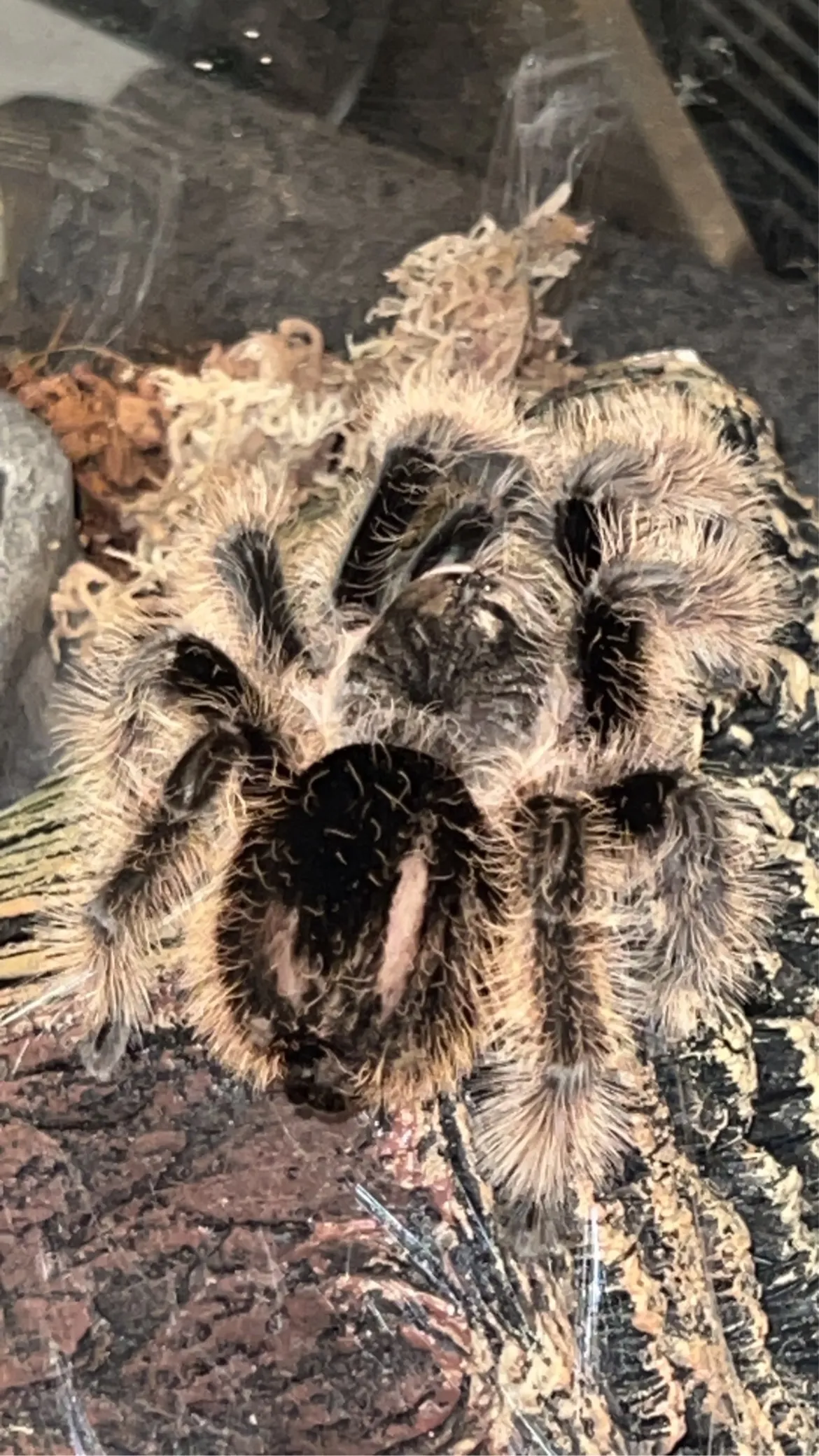
A poor diet can weaken a tarantula’s overall health and potentially lead to hair loss. Tarantulas require a balanced diet of insects, such as crickets, roaches, or mealworms, to obtain the necessary nutrients for healthy growth and molting. Providing a varied diet can help ensure the tarantula receives all the vitamins and minerals it needs. Avoid feeding the tarantula insects that have been exposed to pesticides or chemicals, as these can be harmful. Ensure the food insects are gut-loaded with nutritious foods before feeding them to your tarantula. Additionally, provide a clean water source at all times. A well-nourished tarantula is more likely to have healthy hair and a robust immune system, reducing the likelihood of hair loss.
Handling and Trauma
Excessive handling or physical trauma can also contribute to hair loss in tarantulas. While some tarantula species are more docile than others, handling them unnecessarily can cause stress and lead to the loss of urticating hairs. Always handle a tarantula with utmost care. Avoid dropping or squeezing the spider. Even a minor injury can cause hair loss. If you need to handle your tarantula, do so only when essential, such as for cage maintenance or health checks. If your tarantula has fallen, check for injuries. Always support the spider’s body to prevent accidental harm. By minimizing handling and providing a safe environment, you can help reduce the risk of trauma-induced hair loss and ensure your tarantula’s safety and well-being.
Identifying Hair Loss in Your Tarantula
Early detection of hair loss is crucial for effective treatment and intervention. Regularly checking your tarantula for signs of this condition can help you address potential issues promptly. Several indicators can suggest hair loss, ranging from visible bald spots to changes in the spider’s behavior. Familiarizing yourself with these signs will help you provide the best care for your pet.
Signs of Hair Loss
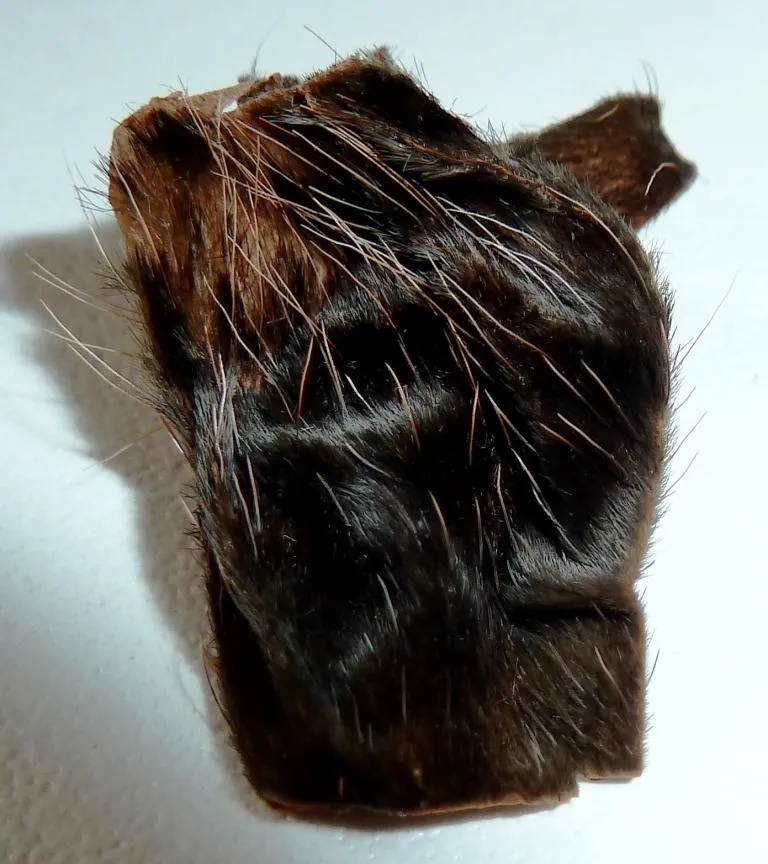
The most obvious sign of hair loss is the appearance of a bald patch on the abdomen. This area will lack the usual dense covering of urticating hairs. Other signs include a change in the tarantula’s grooming behavior, such as excessive rubbing of the abdomen. A stressed tarantula might also become less active or show a loss of appetite. If you observe these changes, it’s essential to investigate the cause. Additionally, you might notice a dull appearance to the abdomen, indicating a reduction in hair density. Regular observation of your tarantula’s behavior, feeding habits, and appearance will help you identify any signs of hair loss early, allowing for prompt intervention.
How to Check the Abdomen
Gently observe the abdomen of your tarantula during routine checks. This can be done when the spider is stationary, preferably during feeding or cage cleaning. Avoid disturbing the tarantula while it is in its burrow. Use a gentle light source to inspect the abdomen closely. Look for any areas where hairs are missing or sparse. Comparison with images of healthy tarantula abdomens can be helpful. If you are not familiar with the appearance of a healthy tarantula, it is advised to seek assistance from an experienced arachnid keeper or a veterinarian specializing in exotic pets. Regular visual inspections of your tarantula’s abdomen are key to catching hair loss early.
Treating and Preventing Hair Loss
Once you have identified the cause of hair loss, taking steps to treat and prevent further problems is essential. The specific approach will depend on the underlying issue, but some general guidelines can assist in restoring the tarantula’s health and well-being. Proper care and attention to the tarantula’s environment, diet, and handling practices can significantly contribute to its recovery and prevent recurrence.
Improving the Environment
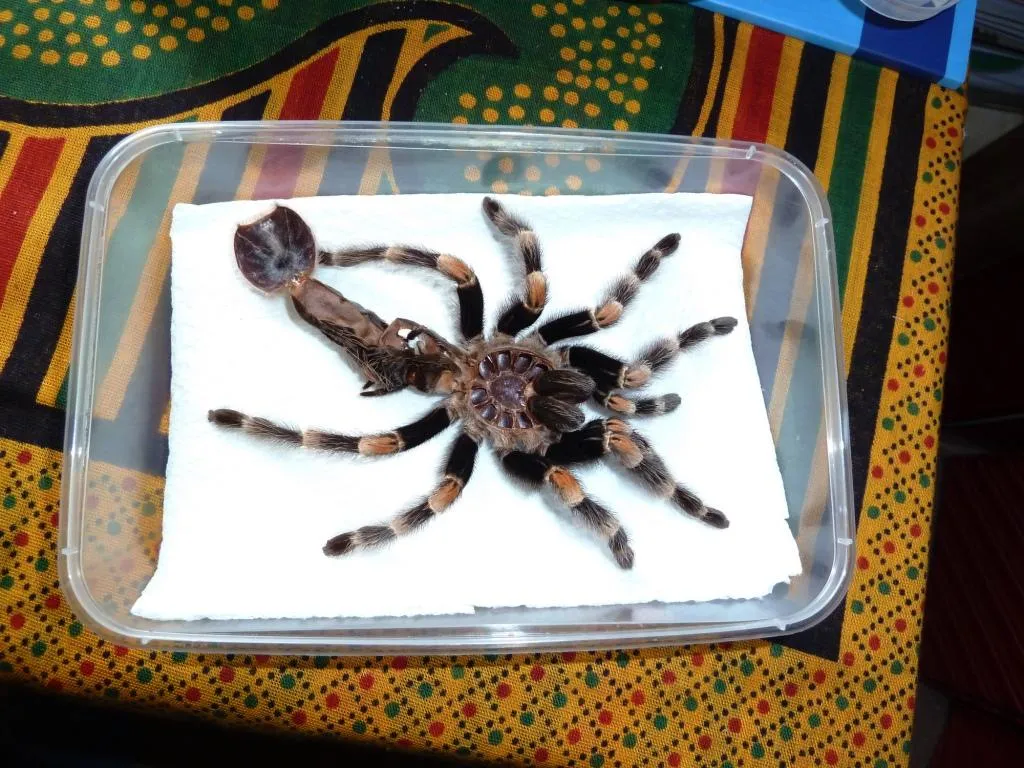
Ensure the enclosure provides appropriate temperature and humidity levels. This is critical for preventing stress and facilitating healthy molting. Use a hygrometer and thermometer to monitor the enclosure’s conditions. Provide a suitable substrate, such as coconut fiber or peat moss, to maintain humidity. Offer a hiding place for the tarantula to feel secure. Ensure proper ventilation to prevent mold growth. Avoid direct sunlight and drafts. These environmental adjustments can significantly reduce stress. Regular cleaning and maintenance of the enclosure are also essential. Remove any uneaten food and waste promptly. By maintaining a clean and stable environment, you can create ideal conditions for your tarantula, promoting its health and reducing the likelihood of hair loss.
Dietary Adjustments
Ensure your tarantula receives a balanced and nutritious diet. Feed a variety of insects, such as crickets, roaches, and mealworms. Gut-load these insects before feeding them to your tarantula. This ensures the spider receives essential vitamins and minerals. Provide a clean water source at all times. Avoid overfeeding, and adjust the feeding frequency based on the spider’s size and age. Supplementing the diet with calcium or other vitamins might be beneficial, but consult with an experienced arachnid keeper or veterinarian before doing so. A well-balanced diet supports the tarantula’s overall health, including its hair production, and helps prevent hair loss. Regularly assess your tarantula’s body condition and make adjustments as needed.
Handling Practices
Minimize handling to reduce stress and the risk of trauma. Handling can cause stress, which can contribute to hair loss. If you must handle your tarantula, do so only when necessary. Always support the spider’s body to prevent accidental harm. Be gentle and avoid sudden movements. Supervise children when they are near the enclosure. Encourage them to observe the tarantula without handling it. By practicing responsible handling, you can minimize the risk of injury and stress-induced hair loss. If you are unsure how to handle your tarantula safely, it is best to seek guidance from experienced keepers or breeders.
When to Seek Veterinary Advice
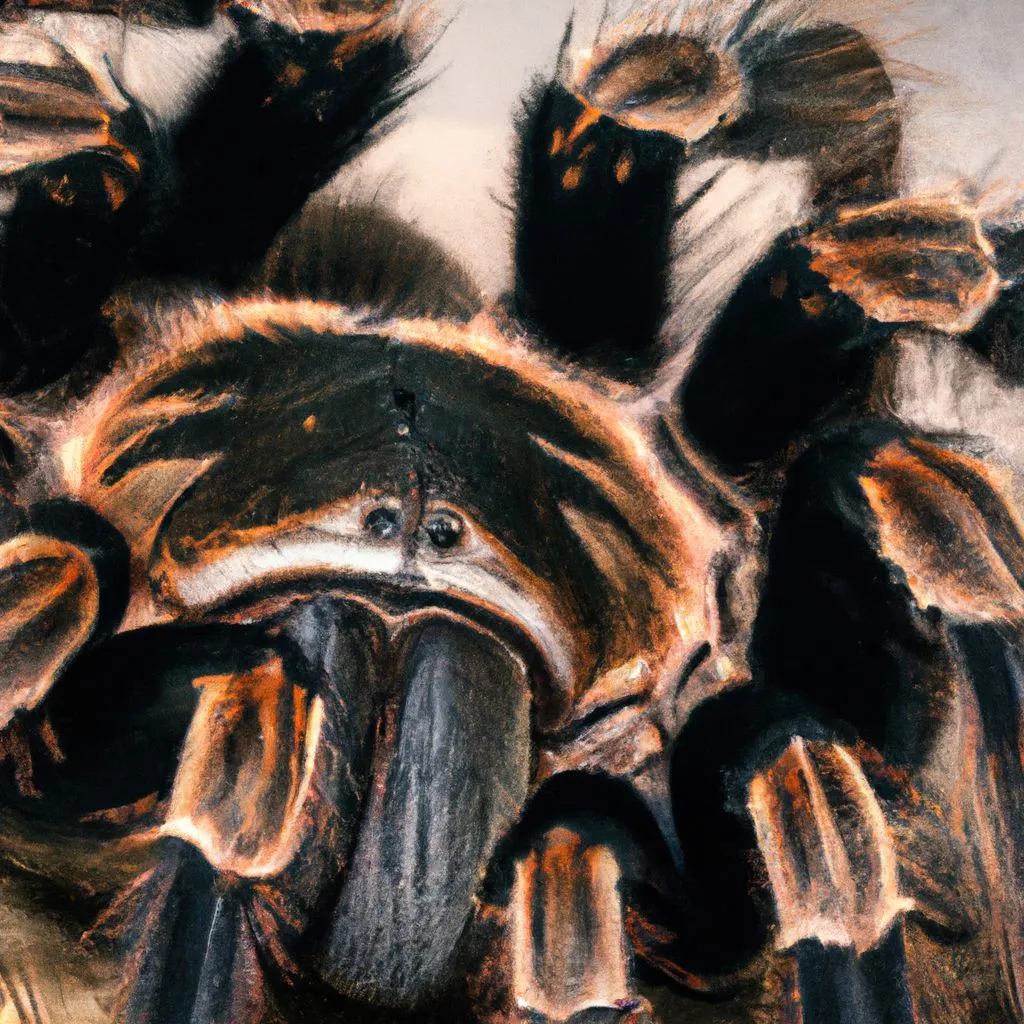
While many causes of tarantula hair loss can be addressed through environmental adjustments and improved care, there are instances when professional veterinary advice is necessary. If you suspect an infestation of mites or parasites, it’s crucial to consult a veterinarian experienced in exotic pets. Also, if hair loss is accompanied by other signs of illness, such as lethargy, loss of appetite, or changes in behavior, seeking veterinary help is essential. The veterinarian can provide a proper diagnosis and recommend appropriate treatment options. If you are not sure what is wrong with your tarantula, it is advised to consult with an expert. Regular checkups with a veterinarian specializing in exotic animals can help prevent and treat illnesses and ensure your pet’s long-term health.
